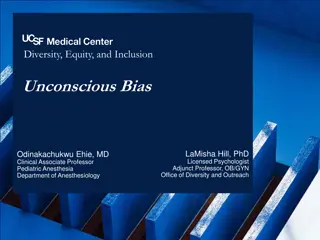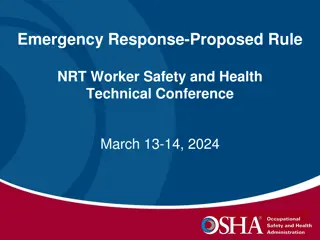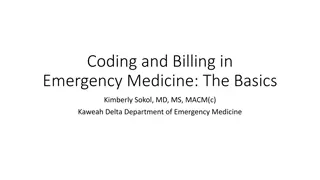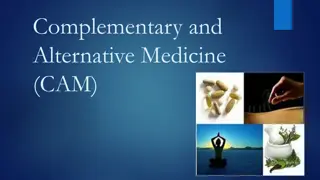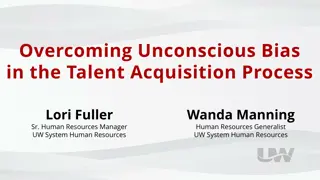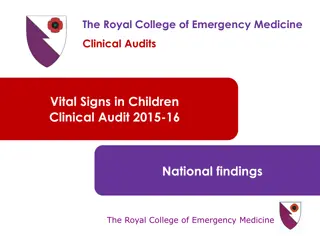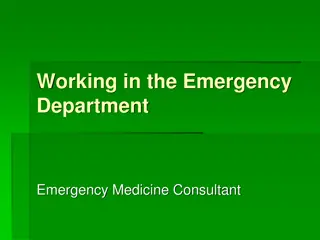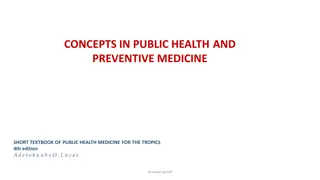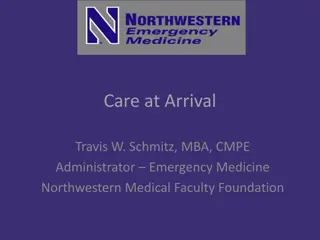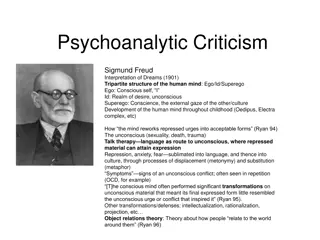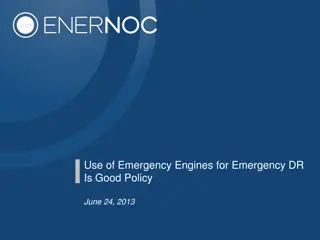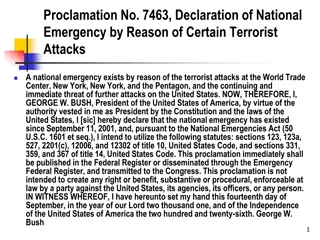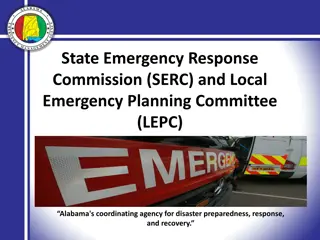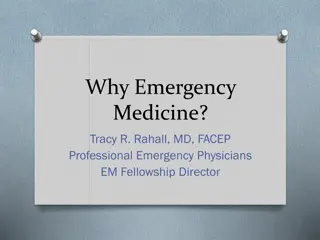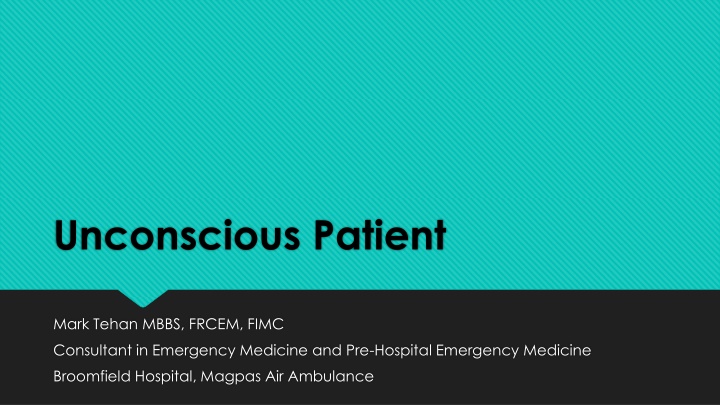
Managing Unconscious Patients in Emergency Medicine
Expert insights on diagnosing and managing unconscious patients in emergency settings, covering airway, breathing, circulation, and potential differentials like hypoglycemia, hypoxia, trauma, infection, and more. Understand the critical steps in assessment, treatment, and considerations for each scenario.
Download Presentation

Please find below an Image/Link to download the presentation.
The content on the website is provided AS IS for your information and personal use only. It may not be sold, licensed, or shared on other websites without obtaining consent from the author. If you encounter any issues during the download, it is possible that the publisher has removed the file from their server.
You are allowed to download the files provided on this website for personal or commercial use, subject to the condition that they are used lawfully. All files are the property of their respective owners.
The content on the website is provided AS IS for your information and personal use only. It may not be sold, licensed, or shared on other websites without obtaining consent from the author.
E N D
Presentation Transcript
Unconscious Patient Mark Tehan MBBS, FRCEM, FIMC Consultant in Emergency Medicine and Pre-Hospital Emergency Medicine Broomfield Hospital, Magpas Air Ambulance
Overview Common EM presentation Common AM, Anaes & ICM referral Core part of ACCS syllabus FRCEM, FRCA & MRCP
Diagnostic A E Airway Breathing Circulation Disability Exposure
Management A E Airway with C-Spine Protection Breathing Circulation Disability Exposure
Differential Drugs Hypoglycaemia Hypoxia Trauma Infection Vascular Epilepsy Raised ICP Cerebral Blood Flow Endocrine
Drugs Are bad! Sedatives Opiates Dissociatives Anticholinergics Think beyond the toxidrome Serotonin Syndrome Poisonous Alcohols
Hypoglycaemia Drugs Seizures Sepsis Liver Failure Addisons
Trauma Traumatic brain injury Brain Impact (IBA / concussion / etc.) Diffuse Axonal Injury Subarachnoid Haemorrhage Subdural haematoma Extradural haematoma Cerebral hypoperfusion
Infection Neurosepsis Sepsis in the elderly
Vascular / Cerebral Blood Flow CVA SAH Hypotension The Aorta Will #@&$! You Up
Epilepsy Generalised seizures Motor (tonic-clonic) Non-Motor (absence / non-convulsive seizures) Post-ictal state
Raised ICP Space occupying lesion Hydrocephalus Trauma Vascular
Endocrine Diabetes Hypoglycaemia DKA Myxoedema Coma Thyroid Storm Adrenal Crisis
Summary Drugs Hypoglycaemia Hypoxia Trauma Infection Vascular / Cerebral Blood Flow Epilepsy Raised ICP Endocrine Standard approach to diagnosis Standard approach to management Run in parallel

